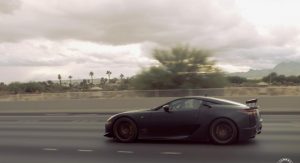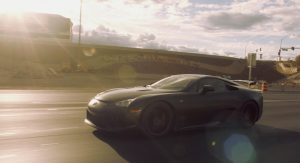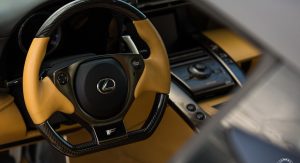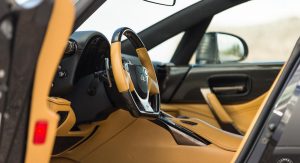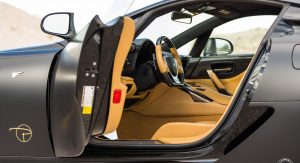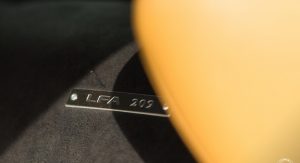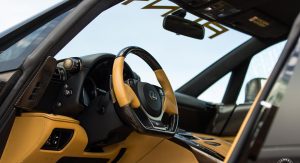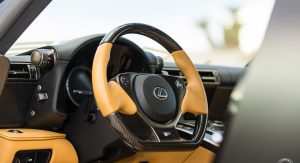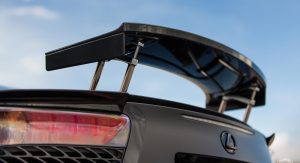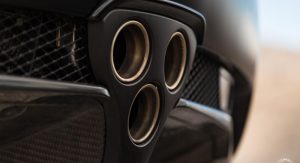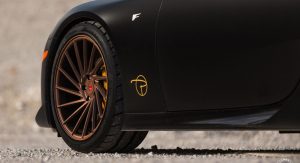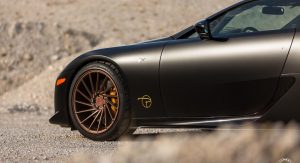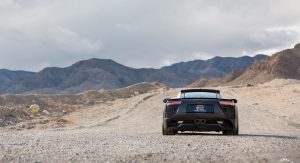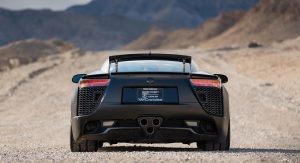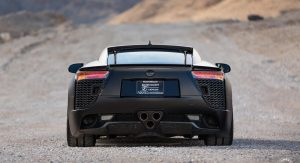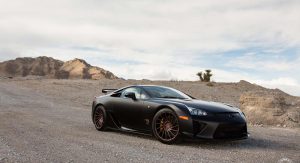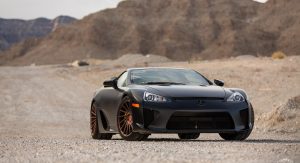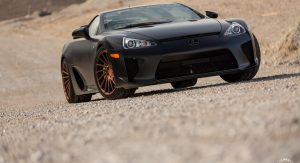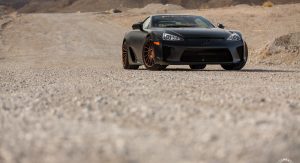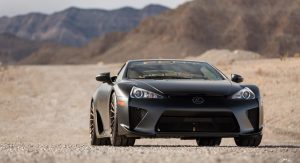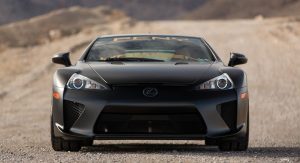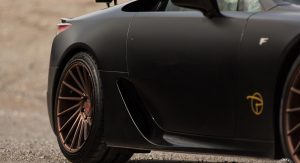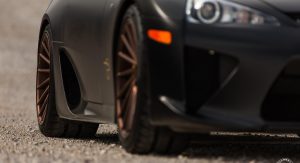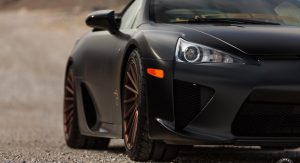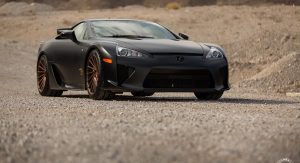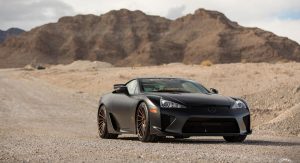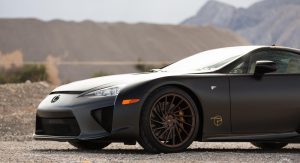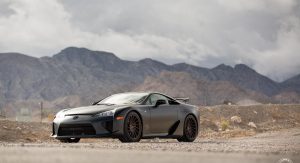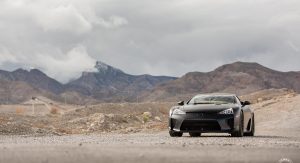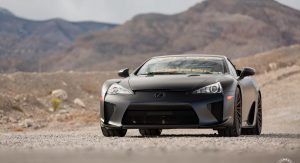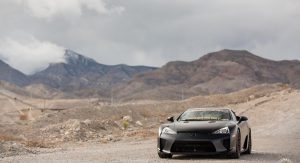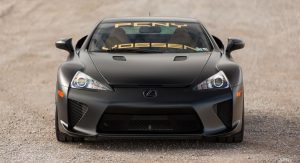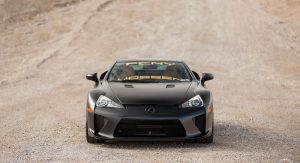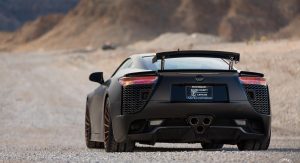While its production ceased in December 2012 after just two years and a total run of 500 vehicles, the LFA has won its fair share of accolades.
To some, it was somewhat curious that Lexus decided to follow up on the IS F with a genuine two-seat supercar. Actually, though, the Japanese company started its development way back, in early 2000, before finally building a prototype three years later.
In other words, the LFA was a long time coming and Lexus wanted to showcase its ability to compete at the top level.
Did it deliver? According to every single automotive journalist lucky enough to drive the LFA, it did – big time. It was its handling and engine that made the biggest impression. The scream of the naturally aspirated 4.8-liter V10 unit was something straight out of a Formula 1 car. Its 0-100 km/h (62 mph) acceleration of 3.7 seconds was stupendous back in 2010. Heck, this is still a proper supercar for all intents and purposes even as we’re heading into 2016.
In a little under 11 seconds, the LFA could get from 0 to 190 km/h (120 mph), while if you kept going you could have made it to 261 km/h (162 mph) from a stand still in 21.2 seconds. Furthermore, certain US publications measured its 1/4 mile time and came up with 11.6 seconds, and that’s top tier even in the presence of most modern day road legal missiles.
Now it’s only available in the second-hand market and it looks like there’s no shortage of offerings. This particular Satin Black model is wearing 20″ Vossen Forged VPS-305T wheels, measuring 20×9.5 at the front and 20×12 at the rear. It looks stealthy and underrated, which some people tend to appreciate even in a supercar.



![Satin Black Lexus LFA Matches Up With Satin Bronze Wheels [59 Pics & Video]](https://www.carscoops.com/wp-content/uploads/2015/12/lexus-lfa-vossen-60.jpg)
